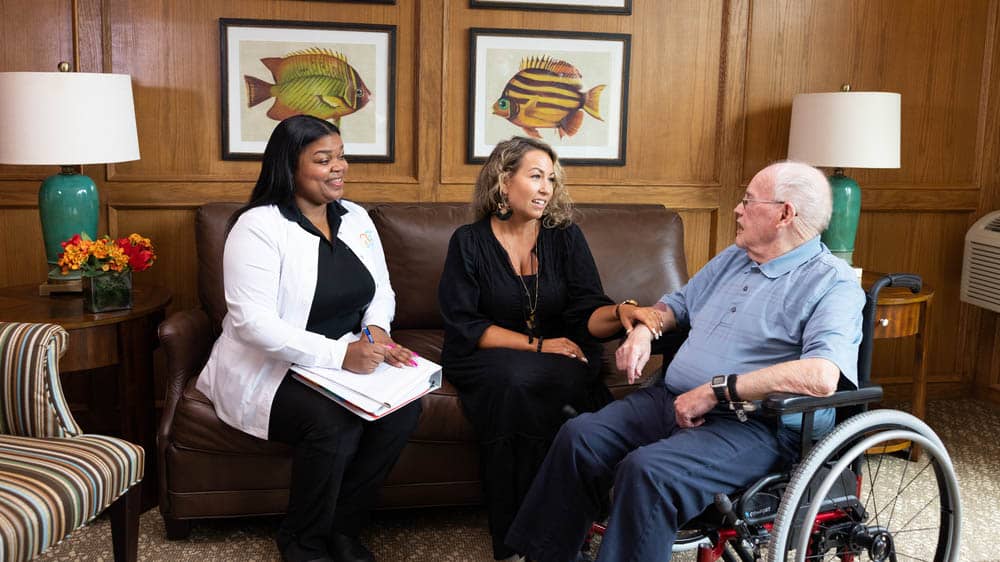

Preventing Falls In Winter Weather
In many parts of the country, winter weather is already bringing snowstorms, freezing rain and sleet. For elders at risk of falling, especially those with poor balance, stepping outdoors places them at risk for slips, slides and falls. Here are some sensible tips on how to guard against winter weather falls:
Watch Your Step
Look where you’re going when walking. Assume that all wet and dark areas on pavements are slippery and icy. Even dangerous, slippery ice can be hiding out of sight underneath a layer of light snow.
Test potentially slick areas by tapping your foot on them first. If you must walk up or down a hill, consider walking along its grassy edge for better traction. Also, look for something to grab onto in case you start to lose your balance.
Choose Your Shoes Wisely
Select footwear that provides traction. Recent research from Canada has discovered that most winter boots sold don’t keep people upright in slippery conditions. (Wow, you'd think winter boots would be adapted for winter, but they're not). Grooved soles with grit embedded in the material is best to help with traction on icy surfaces, although by no means is 100 percent slip-proof.
Wear socks over your shoes. A study from New Zealand recommended that wearing socks over shoes was an effective and inexpensive way to increase traction and reduce the likelihood of slipping on icy surfaces. This also helps individuals walk with more confidence.
Don’t Walk, But Shuffle
Rather than your usual way of walking, walk like a penguin. Take short, flat-footed baby steps, pointing your feet out slightly, while spreading your body weight as evenly as possible over the entire surface of your feet. Walking sideways also helps increase your base of support and balance. In both instances, make sure your knees are slightly bent when walking.
Walking Safely on Streets
The street is often the first area to be cleared, so many people walk there. If you do walk in the street, walk on the right side of the road, toward oncoming traffic, staying as close to the curb as possible. Wearing bright or reflective clothing will help drivers see you better, too. Be careful about hoods and scarves, which can block your vision and make it hard for you to hear traffic.
If conditions are icy, bring a little bag of kitty litter along with you. Sprinkling it on the ground adds traction to slippery surfaces. Keeping your hands in your pant or coat pocket for warmth while walking decreases the ability to maintain good balance. Rather, wear gloves and keep both arms by your sides when walking. In the event of a slip, this allows you to quickly extend your arms outward and regain balance. This also helps cushion the impact of falling, and decrease the risk of a hip fracture if a fall occurs. If you must carry something in your hands when outdoors, try to keep it light, or better yet, wear a knapsack.







